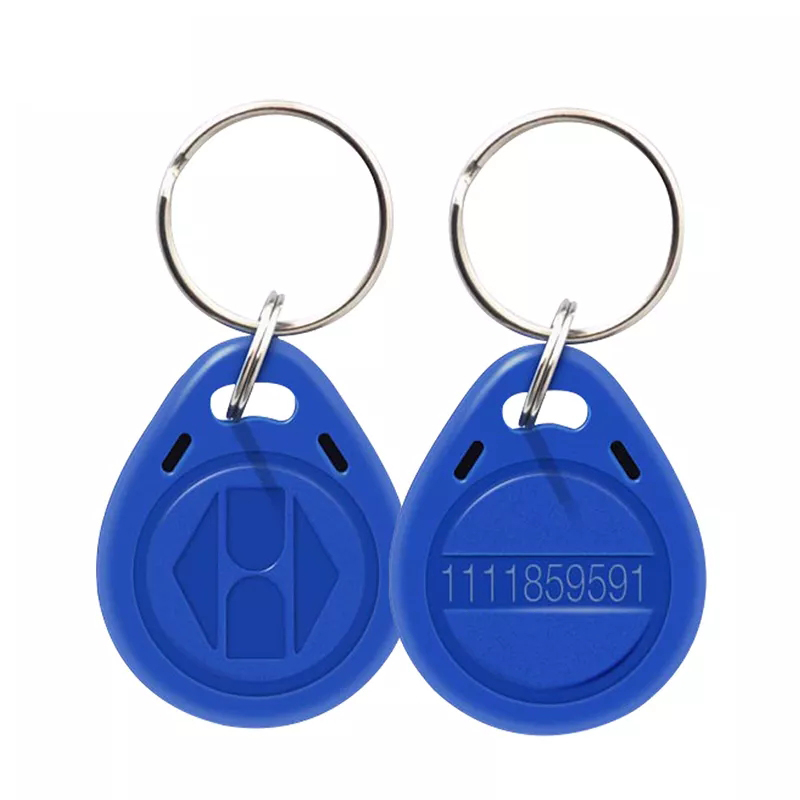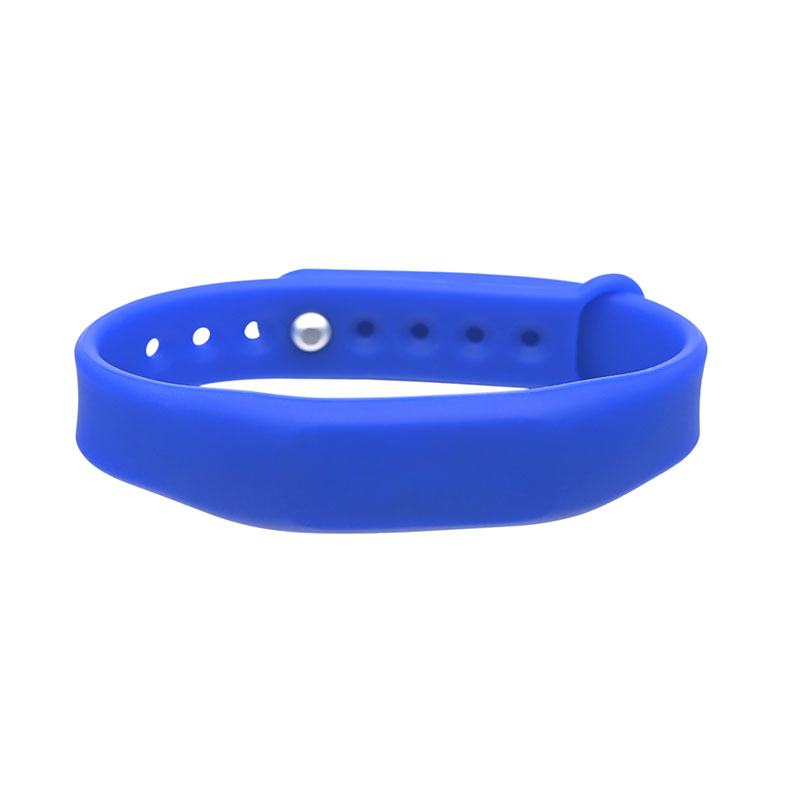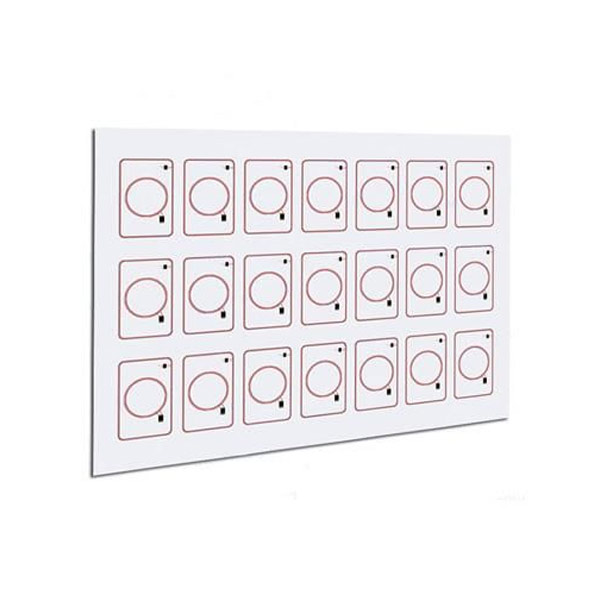
In today’s fast-paced world of live events, from massive music festivals and sold-out stadium concerts to international trade shows and exclusive brand activations, the attendee experience is paramount. Attendees expect smooth entry, quick access, and an enjoyable journey from ticket purchase to post-event sharing. Event organizers, meanwhile, must ensure operational efficiency, minimize bottlenecks, and collect actionable data—all while delivering a memorable experience.
At the heart of this evolving event ecosystem lies a powerful technology that is transforming how guests interact with venues: RFID (Radio Frequency Identification) wristbands.
Understanding RFID Wristbands: A New Era of Event Access Control
RFID Wristbands are wearable devices embedded with a tiny chip and antenna that use radio waves to transmit data to a reader. Unlike traditional paper tickets or barcodes, RFID Wristbands allow for fast, secure, and contactless verification, making them a superior solution for modern event ticketing systems.
These wristbands can be made from a variety of materials, such as woven fabric, silicone, PVC, or Tyvek, and are often customizable with event branding, color coding, and integrated QR codes or serial numbers. Woven RFID Wristbands, in particular, have become a favorite for music festivals and multiday events due to their comfort, durability, and stylish appearance.
Why Speed and Efficiency Matter at Check-In
The check-in process is the first point of physical contact between an attendee and the event brand. A long line or complicated entry system can create frustration, negatively impacting the guest’s overall perception. With RFID-enabled ticketing, organizers can cut check-in time by more than 50%, enabling thousands of attendees to enter within minutes.
RFID Wristbands work in tandem with handheld or fixed RFID readers placed at entrance gates. When an attendee taps or waves their wristband near the reader, the system instantly verifies the encoded data and grants access. This reduces physical contact, minimizes errors, and eliminates the need for staff to scan printed tickets manually.
Enhanced Security and Fraud Prevention
One of the most critical challenges event organizers face is ticket fraud. Traditional printed tickets are easy to duplicate, sell, or forge. RFID Wristbands offer a secure alternative by linking each wristband to a unique user ID, stored in a cloud-based or on-premises event management platform. This ID can be tied to personal attendee data, ticket type, seating zone, or access permissions.
If a wristband is lost or stolen, it can be deactivated in real time and replaced without compromising the system. This helps prevent gatecrashers and ensures only authorized guests access VIP areas, backstage zones, or paid upgrades.
Beyond Access: RFID as a Multi-Functional Event Solution
RFID Wristbands are far more than just digital keys. Their versatility allows them to support a wide range of functionalities that enrich the event experience for both organizers and attendees:
1. Cashless Payments
RFID Wristbands can be linked to digital wallets or prepaid accounts, allowing guests to make purchases at food stalls, merchandise booths, or beverage counters with a simple tap. This reduces transaction time, minimizes cash handling, and increases on-site revenue. Data shows that cashless events often see a 15-30% increase in attendee spending.
2. Real-Time Analytics
By tracking wristband activity, organizers gain access to valuable data such as crowd movement, dwell time at exhibits, peak check-in hours, and popular areas. These insights can help optimize staffing, layout, and future event planning.
3. Personalized Experiences
When RFID Wristbands are tied to user profiles, they can trigger customized interactions—such as targeted promotions, gamification, or tailored content delivery at different zones. This leads to higher engagement and improved satisfaction.
4. Brand Engagement & Souvenirs
Custom RFID Wristbands double as event souvenirs. Many attendees keep their wristbands post-event, especially if they feature unique designs, artist logos, or limited-edition prints. This boosts brand recall and emotional connection.

Use Cases Across Event Types
The benefits of RFID Wristbands apply across various event formats and industries. Below are a few prominent use cases:
Music Festivals & Concerts
Multi-day festivals with tens of thousands of attendees benefit greatly from RFID ticketing. Fast check-in, secure access to camping zones, and integrated cashless payments streamline operations and boost attendee satisfaction.
Sporting Events
From marathons to stadium games, RFID Wristbands ensure fast entry, access control for VIP lounges, and real-time tracking of participants. They can also integrate with loyalty programs or fan activations.
Corporate Conferences & Exhibitions
In B2B settings, RFID badges or wristbands can log attendee movement, track seminar attendance, and streamline lead capture for exhibitors.
Amusement Parks & Theme Attractions
RFID Wristbands are increasingly used for entry, ride access, in-park purchases, and locker rentals. These applications enhance convenience and support day-long engagement.
Customization and Branding Options
Suppliers like Cardcube offer extensive customization options to align RFID Wristbands with the event's theme or sponsor branding. Options include:
Full-color woven patterns
Embroidered logos
NFC chip integration
Variable QR/barcode printing
Unique serial numbers or variable data encoding
Custom branding not only elevates the attendee's experience but also provides promotional value for event sponsors or partners.
Integration with Event Management Platforms
Modern RFID systems are not standalone technologies. They integrate seamlessly with ticketing platforms, CRMs, access control software, and payment gateways. This end-to-end connectivity ensures:
Real-time credential validation
Automated data syncing
Centralized reporting dashboards
Post-event analytics exports
A unified ecosystem also enables mobile app integration, where guests can register, load funds, receive updates, and manage their wristband credentials in advance.
Environmental Considerations and Reusability
Sustainability is becoming increasingly important in event planning. RFID Wristbands can support this movement through:
Reusable silicone or PVC designs for closed-loop events
Biodegradable materials for one-time festivals
Digital ticket delivery to minimize paper waste
Some events offer wristband return incentives or reuse them for seasonal passes, which helps reduce landfill impact and encourages eco-conscious behavior.
How to Choose the Right RFID Wristband for Your Event
Selecting the ideal wristband depends on your event size, duration, and required features. Key considerations include:
Material: Woven for comfort and aesthetics; silicone for durability; PVC for waterproof needs.
Chip type: High-frequency (HF) for short-range scanning; UHF for longer range and multi-tag reading.
Encoding requirements: Static vs. dynamic data; integration with third-party systems.
Security level: Tamper-proof closure for single-use events vs. adjustable clasps for reusability.
An experienced supplier can help you determine the optimal configuration for your budget, use case, and attendee profile.
Why Work With an Experienced RFID Wristband Supplier
As a leading RFID Wristband manufacturer and solution provider, we combine technical expertise with production capabilities. We offer:
Scalable production capacity for large events
Flexible MOQ for small or mid-sized clients
Custom design consultation and mockups
Quality assurance with international certifications
Global shipping and logistics support
Whether you need 1,000 wristbands for a regional expo or 100,000 for a multi-city tour, we deliver reliable solutions that meet your timeline and exceed expectations.
Final Thoughts
In an era where attendee expectations are higher than ever, and operational efficiency is crucial, RFID Wristbands offer a proven solution to modern ticketing challenges. From streamlining access and payments to enabling data-driven decisions, this technology enhances every aspect of event execution.
By investing in RFID ticketing systems, event organizers position themselves at the forefront of innovation—providing seamless, secure, and satisfying experiences that leave lasting impressions.
Interested in learning more or requesting a quote?Contact our team today and let us help you transform your next event with cutting-edge RFID solutions.






